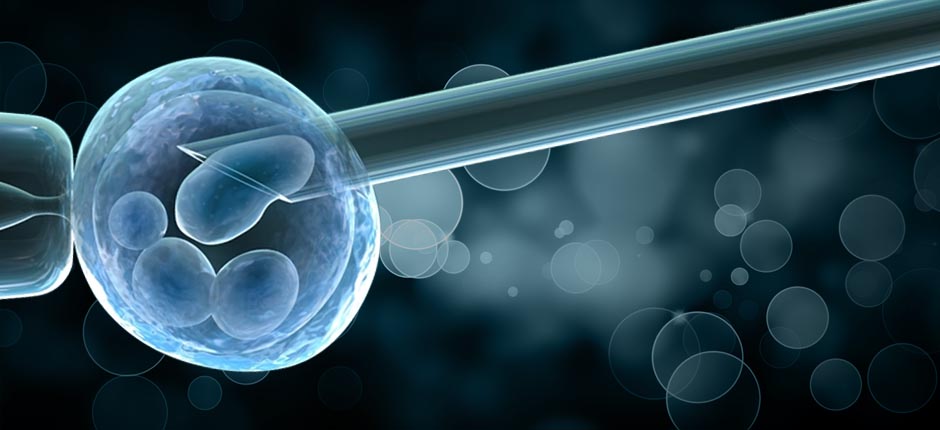Menu
Once the selection and screening process is completed, consent forms have been reviewed and signed and are incorporated in the contract, our fertility specialists schedule the synchronization for preparing the recipient’s uterus and the completion of the In Vitro Fertilization (IVF) cycle.
Recipients are given medication to aid in synchronizing the menstrual cycles between the recipient and the donor — which is administered subcutaneously by a daily injection. The medication acts as a suppressing agent upon a women’s menstrual cycle, allowing our physician an opportunity to place both donor and recipient on the same menstrual timetable.
Typically, it is started on day 18 of the menstrual cycle and is taken approximately seven to 10 days before the patient must return to the clinic for a uterine lining check (through ultrasound scan) and blood hormone analysis.
To prepare the recipient, it is necessary for her to take hormone replacement therapy to establish the correct thickness of her endometrial lining for optimal implantation. While the recipient’s uterus is being prepared to accept the potential embryo, the donor is undergoing stimulation of her ovaries so that one or more eggs may be harvested.
During the ovarian stimulation, several examinations are used to follow the development of the eggs. When the eggs are ready for retrieval, the donor will take a trigger shot, a one-time injection to prepare the follicles for ovulation.
Once the donor is scheduled for egg retrieval, the recipient will begin supplementing progesterone to prepare the uterus to create an optimum environment for the transferred embryo. Egg retrieval is performed while the donor is sedated, using ultrasound-guided aspiration to harvest all the mature follicles. Once the eggs have been retrieved from the donor, the donor’s cycle is completed. The donor undergoes follow-up examinations and typically prescribed a course of antibiotics to take after the procedure.
On the day of retrieval, the recipient’s partner provides a semen sample, which will be processed for fertilization of the eggs. Donor semen may also be used
During our routine IVF procedure, eggs and sperm are combined and incubated together in order to achieve fertilization. The eggs are fertilized with sperm later that day by conventional insemination or by Intracytoplasmic Sperm Injection (ICSI). Our team will continue with the In-vitro Fertilization (IVF) Cycle — embryo transfer and pregnancy testing.
